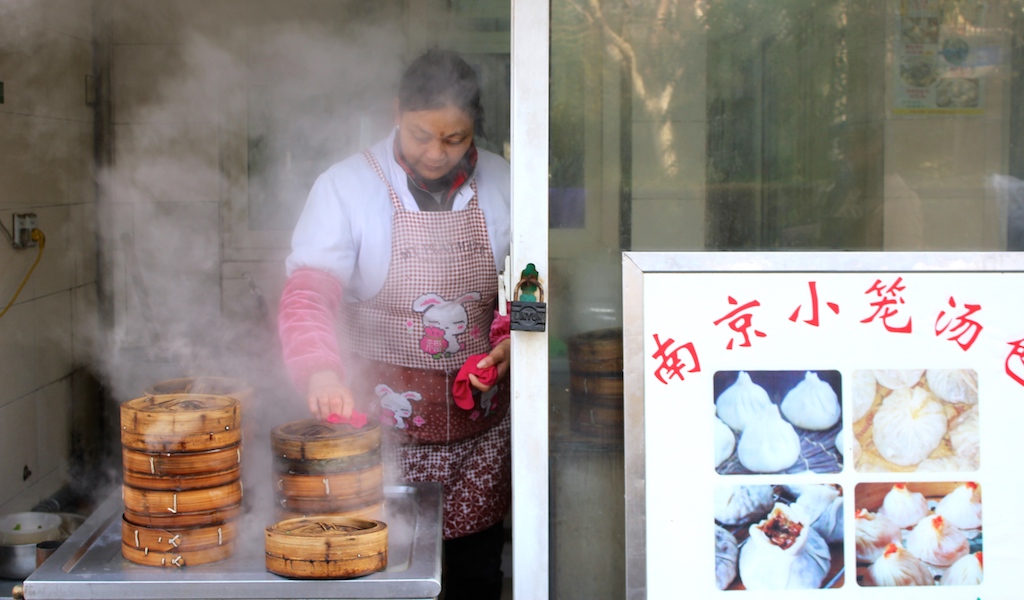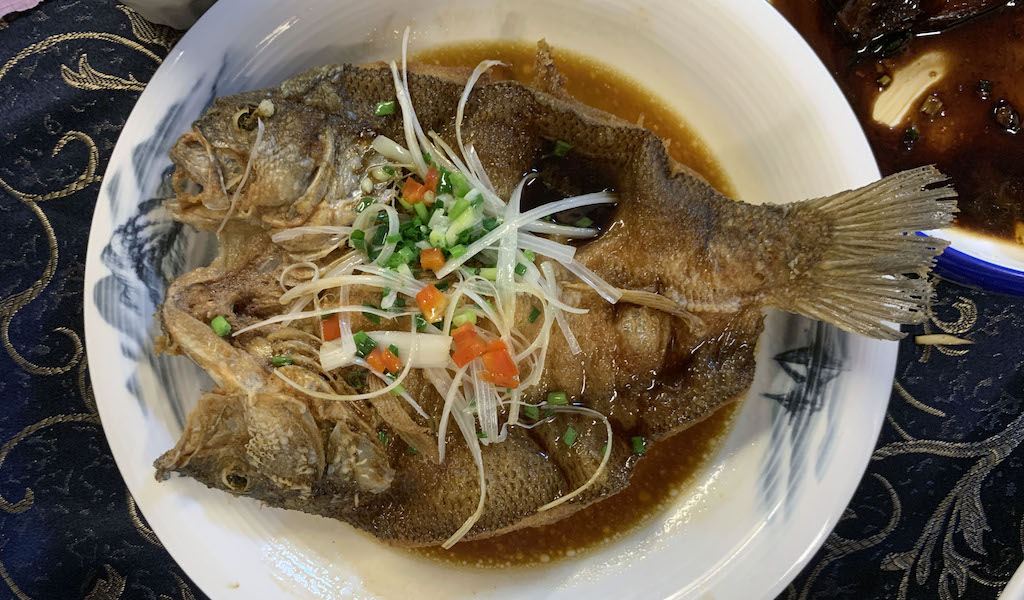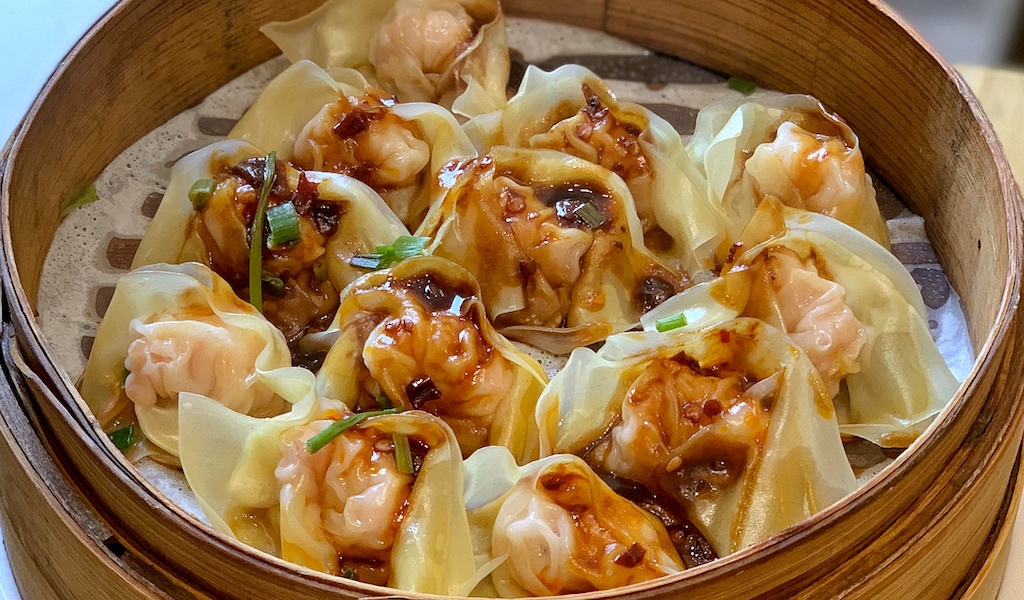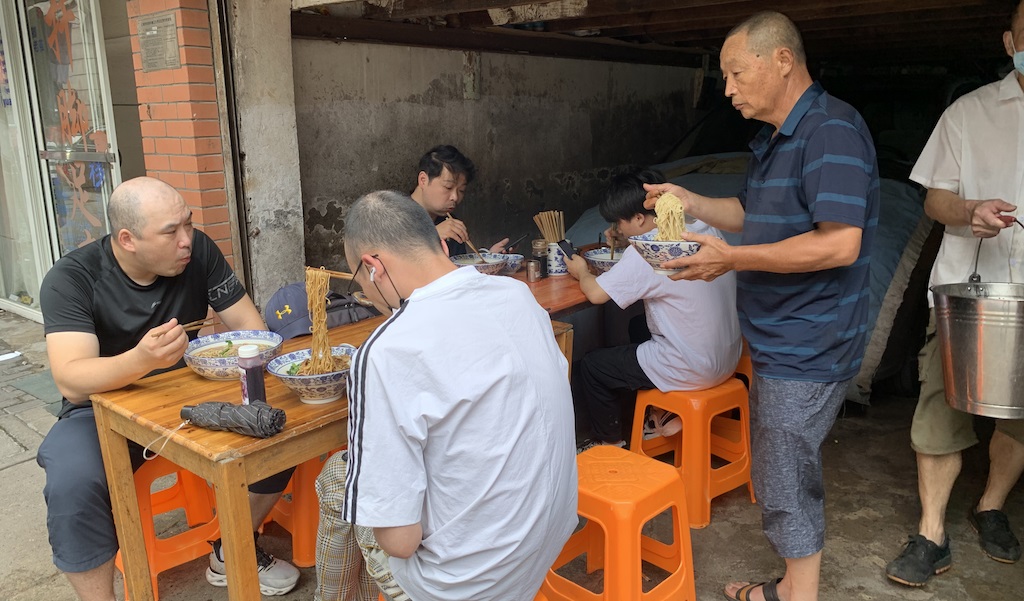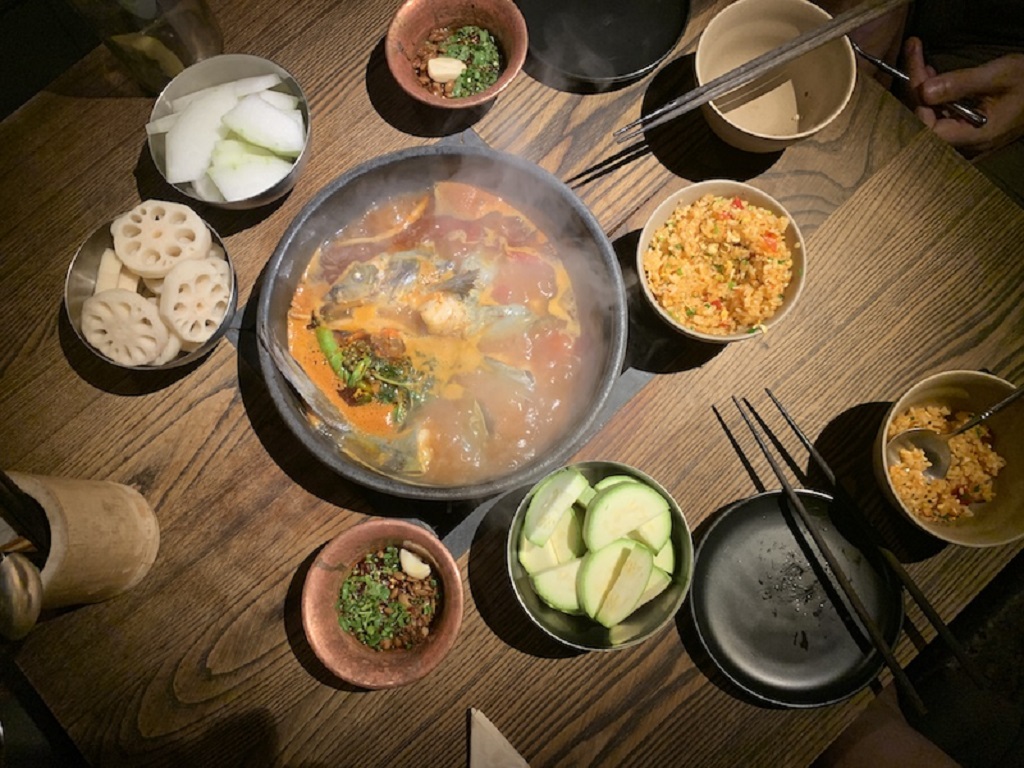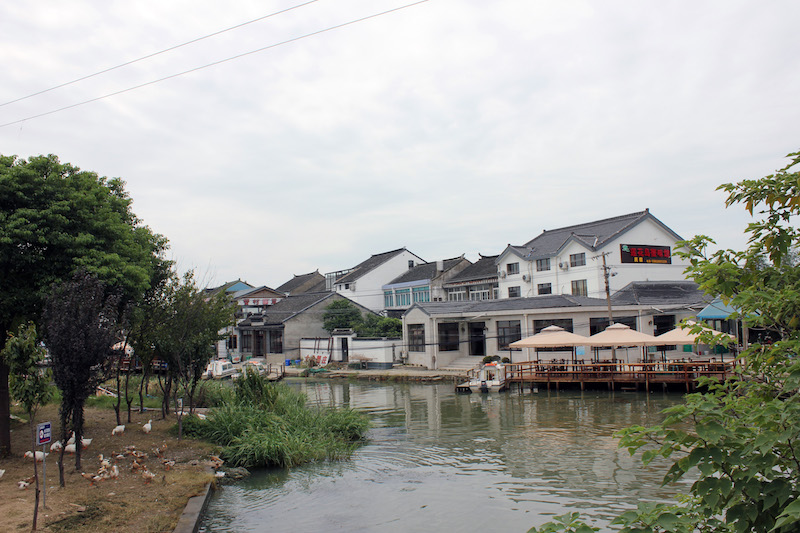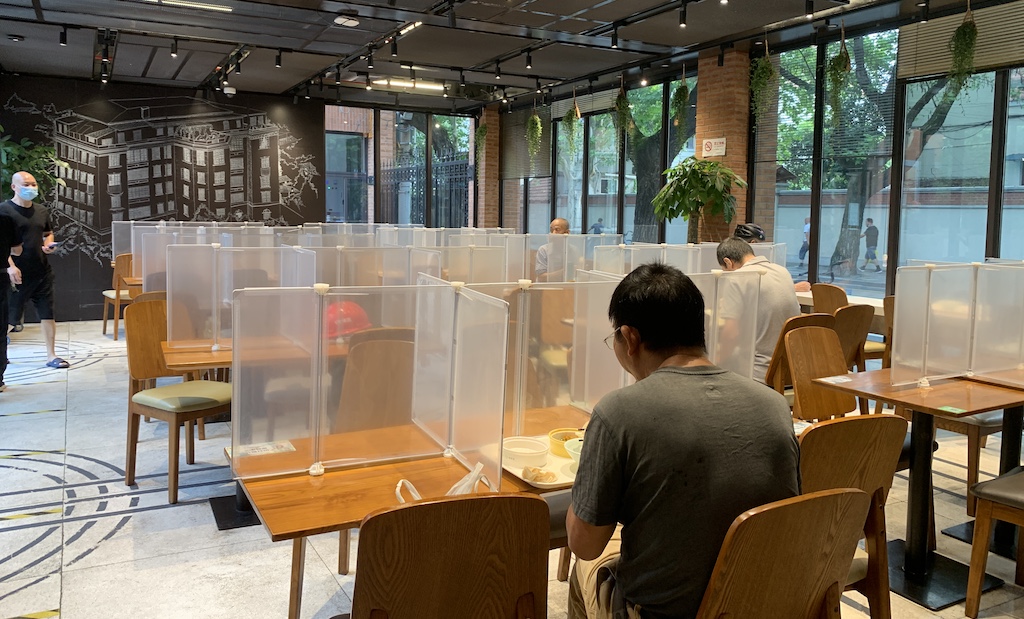We can't find the internet
Attempting to reconnect
Something went wrong!
Hang in there while we get back on track
Search results for "Jamie Barys"
Shanghai
Nanjing Soup Dumpling: The Triumph of Tangbao
Any Shanghai denizen who has lived in the city for longer than a few months worships at the altar of xiǎolóngbāo (小笼包). These steamed buns of goodness – tiny pork dumplings with a slurp of soup wrapped up in a wonton wrapper – provide delicious fodder for debates among Shanghai’s fiercest foodies.
Read moreShanghai
Enter the Tiger: Eat Your Way to an Abundant New Year
Almost every Chinese holiday comes paired with a festive dish. At Tomb-Sweeping Festival, there are bright green qingtuan (glutinous rice dumplings) to celebrate the arrival of spring. During Dragon Boat festival, we have zongzi, stuffed sticky rice steamed in bamboo leaves, to commemorate the poet Qu Yuan. And during Mid-Autumn Festival, we chow down on mooncakes as we gaze at the full moon. But Chinese New Year doesn’t come with just one dish. It is a feast that lasts for days, starting with “bao”-ing or wrapping dumplings on Chinese New Year’s Eve (for snacking on well into the night) to the tangyuan (more glutinous rice dumplings) eaten 15 days later on Yuanxiao or Lantern Festival.
Read moreShanghai
Best Bites 2021: Shanghai
For the first time in 14 years, I have not left China for an entire calendar year – actually 620 days, but who’s counting? It’s a weird feeling, and one that makes me more than a little sad, so I’ve been trying to make up for it by eating delicious food as often as possible. Luckily, Shanghai was spared the brunt of the pandemic. The shutdown was never an official lockdown in China’s financial capital, although very few restaurants were given official permission to offer in-person in early 2020. Shanghai didn’t shut down in 2021 either, and while some restaurants went bankrupt, the pandemic pushed other great local spots into offering delivery services when they never had before.
Read moreShanghai
The Big Slurp: The Best Shanghainese Noodles
Looking for the best Shanghai-style noodles, for the city’s most slurpable strands? From hairy crab specialists to the sesame sauce of your dreams, there’s something for everyone. Come prepared to chow down, but don’t forget there’ll be a wait at most of these joints. Reservations are not available for these mom-and-pop owned shops, and demand for these nostalgic flavors is high, especially during the breakfast and lunch rush.
Read moreShanghai
Maolago: Guizhou Comes to Shanghai
Historically, Guizhou is one of China’s most overlooked provinces. The landlocked location in central China is sandwiched between the famous spice havens of Sichuan and Chongqing to the north and Hunan to the East, and tucked behind the tourist destination of Yunnan to the west. It has the largest population of people in poverty and lowest income per person in China, and the geography of the province has made it tough to travel around; mountainous roads and lack of infrastructure don’t make for easy tourism. Its biggest claim to fame has been Kweichow Moutai (Wade-Giles Romanization of Guizhou Maotai), the famous state-owned baijiu brand served to Richard Nixon when he met Mao Zedong.
Read moreShanghai
Harvest Week: Hairy Crabs, Straight From The Source
In the sections of China’s Jiangsu Province where Huaiyang cuisine reigns supreme, autumn is marked not by yellow and red foliage or falling temperatures. The change in seasons instead comes when restaurants post hairy crab (大闸蟹 Dàzháxiè) menus and shops selling baked goods the rest of the year pivot to aquariums full of the live crabs trying to scale the glass walls. Peak hairy crab season falls during the ninth and tenth lunar month of the year. In 2017, that means from October 20 until December 17. But when we arrived at Yangcheng Lake – a hairy crab mecca – before China’s National Holiday on October 1, the lake was already lined with hawkers wrapping the live crabs with twine and selling them to hungry tourists.
Read moreShanghai
66 Wutong Yard: Community Canteen
In Shanghai, it’s not uncommon to see a queue for what can often turn out to be mediocre food. Restaurants, street food stands and milk tea stalls will even go so far as to hire “yellow bulls” (scalpers) to line up and create buzz for their products. So, it was with some suspicion we took notice of a line of people for weeks on end outside a community center around lunchtime. Curiosity got the best of us, and we discovered the hottest table in town: a subsidized canteen for elderly residents of the neighborhood – inside a heritage garden villa, no less. In 1932, 66 Wutong Yard was as a parsonage for the Shanghai Community Church priests that was designed by the city’s most famous art deco architect, Lazlo Hudec.
Read more